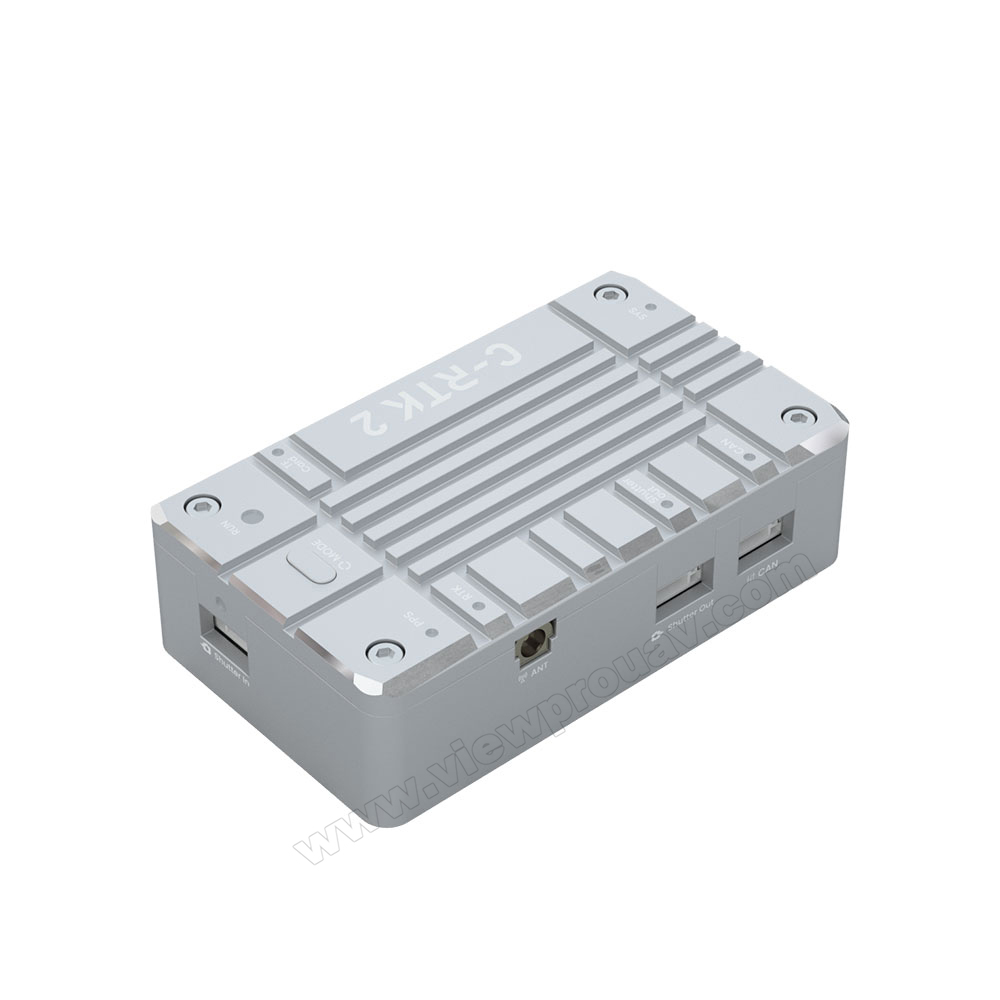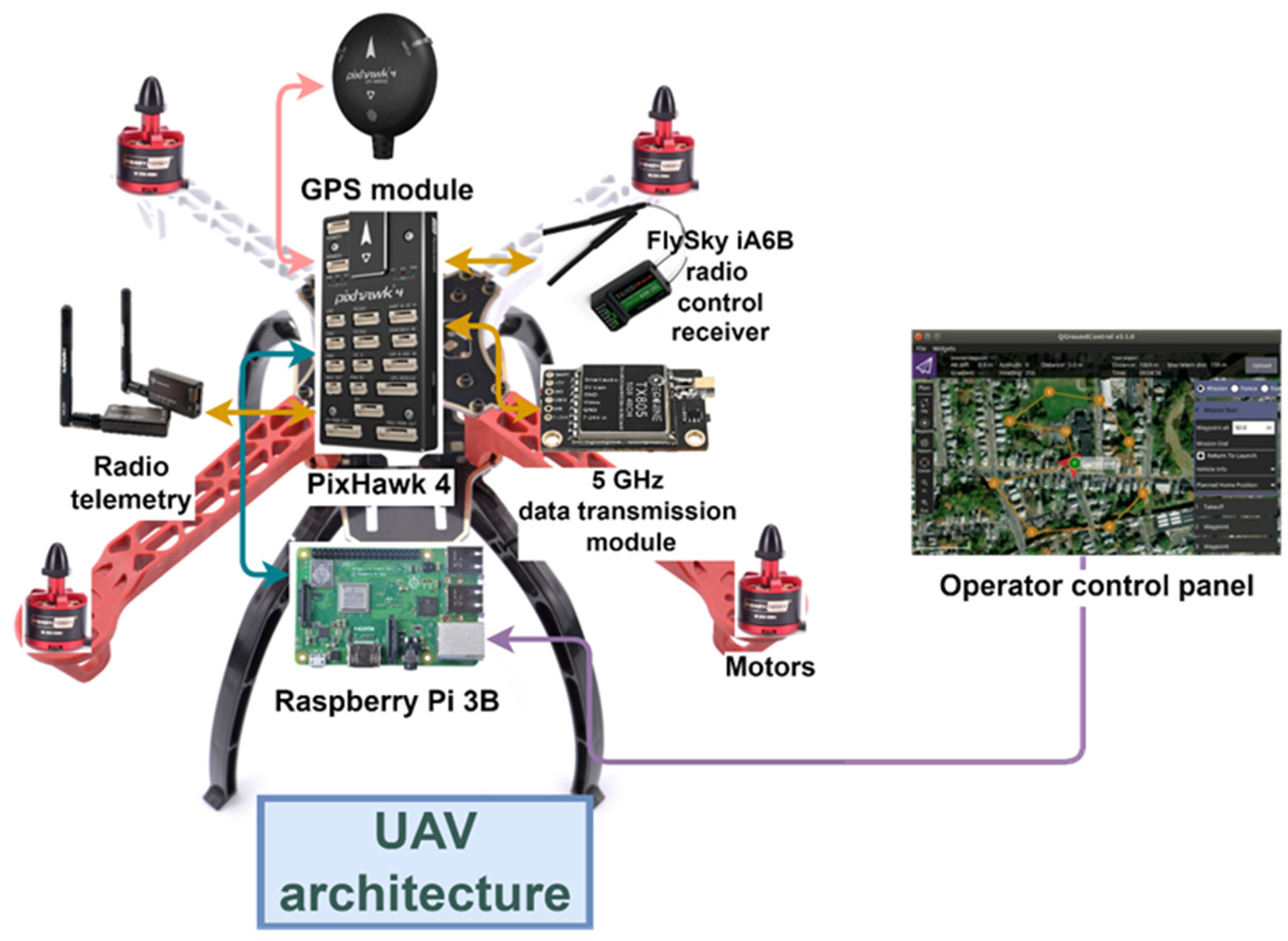SparkNavi Drone Flight Controller and GNSS/INS Made in Taiwan: Blazing A Trail in Drone Modern Technology
SparkNavi Drone Flight Controller and GNSS/INS Made in Taiwan: Blazing A Trail in Drone Modern Technology
Blog Article
Discovering the Duty of Drone Flight Controllers in Enhancing Flight Security and Navigation Effectiveness
The development of drone modern technology has actually considerably increased the importance of flight controllers, which serve as the brain of these aerial vehicles. By incorporating real-time data from a range of sensors, flight controllers boost trip stability and navigating performance, ensuring that drones can operate efficiently also in complicated settings.

Understanding Trip Controllers
Flight controllers are indispensable components in the functioning of drones, working as the brains that handle and maintain flight procedures. These advanced tools procedure data from various sensors, consisting of accelerometers, gyroscopes, and GPS, to guarantee that the drone keeps its intended trip path. The trip controller analyzes this data and implements commands based on pre-defined algorithms, enabling the drone to reply to environmental adjustments, such as wind or barriers.
The primary function of a trip controller is to keep stability throughout trip. It achieves this by making real-time modifications to the drone's electric motors and control surfaces, making certain equilibrium and control. Additionally, modern trip controllers integrate advanced functions such as waypoint navigating, permitting for automated trip paths and boosted operational effectiveness.
Recognizing the architecture of flight controllers is important for both hobbyists and professionals. As innovation developments, flight controllers have come to be much more compact and capable, integrating fabricated knowledge to adjust and boost decision-making procedures to intricate flight situations.
Secret Parts of Trip Security
Achieving ideal trip security in drones relies upon several essential components that operate in concert to ensure controlled and smooth procedures. Central to this security is the trip controller itself, which refines data from different sensing units to preserve the wanted trip perspective. This includes accelerometers and gyroscopes that determine motion and alignment, enabling real-time adjustments to the drone's position.
Another essential component is the digital rate controllers (ESCs), which regulate the power delivered to the electric motors. By finely adjusting motor rates in action to flight controller commands, ESCs help maintain balance and counteract disturbances caused by wind or abrupt movements.
Furthermore, the layout of the drone's frame plays a crucial role in trip stability. A well-structured structure decreases resonances and improves the overall wind resistant profile, adding to smoother trip features. The assimilation of advanced algorithms within the trip controller help in anticipating changes, making sure a responsive and adaptable trip experience.
With each other, these elements create a natural system that improves a drone's stability, enabling exact maneuvering and enhanced efficiency in various flight problems.
Navigating Effectiveness Strategies
Performance in navigating is essential for optimizing drone procedures, especially in complex environments. Reliable navigation methods boost the ability of drones to go across challenging surfaces and prevent challenges, thus improving functional efficiency and safety.
One popular method is the implementation of advanced GPS and inertial measurement units (IMUs) that provide exact area monitoring and alignment data. These technologies permit drones to determine ideal trip courses in real-time, taking right into account different aspects such as wind conditions and prospective barriers.
An additional technique includes the use of formulas for path planning and optimization. Formulas such as A * and Dijkstra's algorithm can be deployed to establish the most reliable course while decreasing energy usage and flight time. Integrating maker knowing models can enable drones to adaptively find out from their environments, improving navigating abilities via experience.

Influence On Autonomous Drones
The integration of sophisticated navigation techniques has exceptionally transformed the capabilities of independent drones, allowing them to operate with better autonomy and accuracy. SparkNavi drone flight controller and GNSS/INS made in taiwan. These enhancements are mostly connected to innovative trip controllers that use real-time information handling and sensor combination, allowing drones to navigate complicated atmospheres effortlessly
The influence on autonomous drones extends beyond plain navigating; it encompasses boosted obstacle avoidance, improved security during dynamic conditions, and raised objective our website dependability. By leveraging formulas that include machine understanding and expert system, drones can adapt to transforming situations, making educated choices that enhance their trip courses while minimizing dangers.
Additionally, the implementation of durable trip controllers has actually assisted in the implementation of complex jobs, such as airborne evaluations, distribution services, and agricultural monitoring, with very little human treatment. This capability not just streamlines operations yet also minimizes human error, thereby enhancing total safety.
Consequently, the operational range of autonomous drones has expanded substantially, making them essential devices in various markets. Their ability to perform successfully in diverse scenarios emphasizes the important role that progressed trip controllers play fit the future of unmanned airborne systems.
Future Fads in Trip Control
Frequently, innovations in flight control innovation are poised to redefine the landscape of drone operations in the coming years. Emerging Related Site patterns show a significant shift towards boosted synthetic intelligence (AI) combination, making it possible for trip controllers to refine real-time data much more efficiently. This development will certainly assist in better decision-making abilities, enabling drones to adjust to dynamic ecological problems autonomously.
In addition, the execution of artificial intelligence formulas is anticipated to boost anticipating maintenance, thus lessening downtime and expanding the lifecycle of drone components. This proactive approach to maintenance will be crucial as drone applications expand throughout different industries, from agriculture to logistics.

.jpg)
Lastly, developments in safe and secure interaction procedures will certainly deal with security and governing problems, making certain that drones can run seamlessly in busy airspaces Visit This Link (SparkNavi drone flight controller and GNSS/INS made in taiwan). Collectively, these patterns point in the direction of a future where trip control systems are not just smarter and extra additionally capable but efficient of running securely in a significantly integrated airspace
Final Thought
In final thought, drone flight controllers are important to boosting flight stability and navigating efficiency through the advanced handling of sensing unit information. By keeping optimal trip attitudes and utilizing sophisticated algorithms for path optimization and barrier evasion, these controllers considerably contribute to the freedom and functional safety and security of drones. As technology remains to progress, better advancements in flight control systems are anticipated, guaranteeing better performance and increased abilities in the realm of unmanned aerial cars.
By integrating real-time data from a selection of sensors, flight controllers improve flight security and navigating effectiveness, making sure that drones can run efficiently even in complicated settings.Flight controllers are integral elements in the performance of drones, offering as the brains that maintain and handle flight operations. Additionally, contemporary trip controllers include sophisticated functions such as waypoint navigation, permitting for automated flight courses and boosted functional performance.
Central to this stability is the flight controller itself, which refines data from numerous sensing units to maintain the desired trip perspective.In verdict, drone flight controllers are important to enhancing flight stability and navigation effectiveness via the sophisticated handling of sensor data.
Report this page